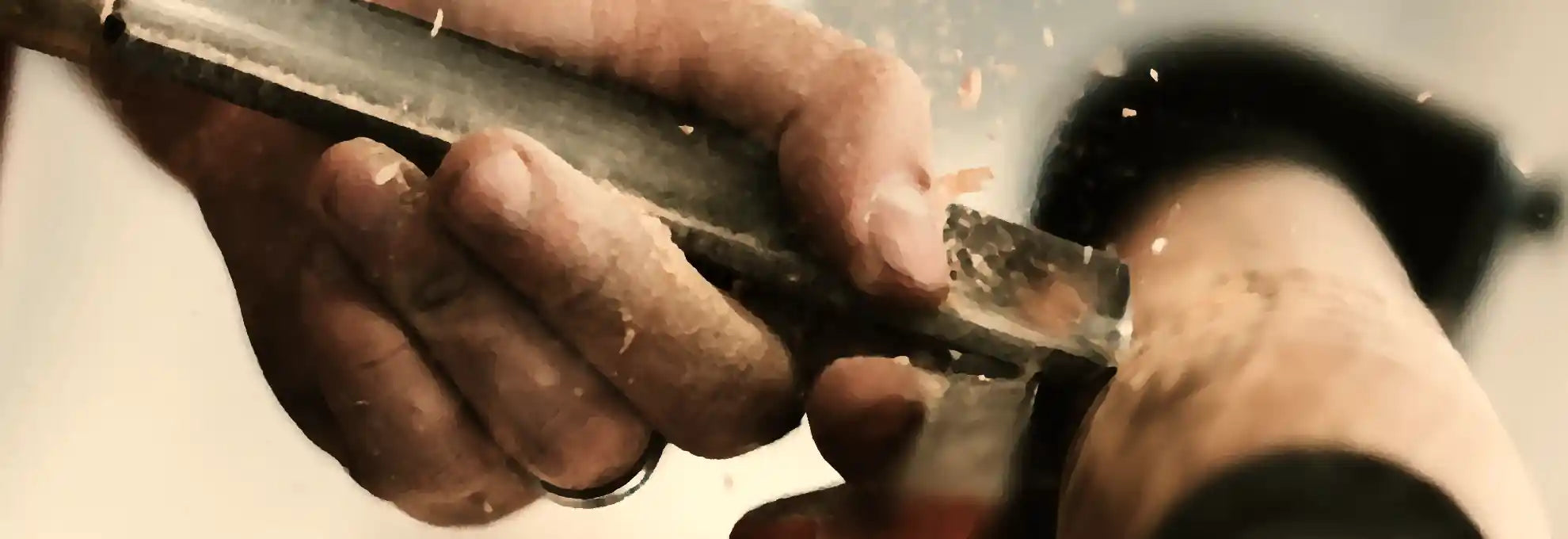
Wood Processing in Chess
Chess boards and chess pieces can be made from a variety of woods. Depending on their value and manufacturing purpose, they are suitable for different products and are carefully selected by woodcarvers to find their way into chess sets. The wood here determines the quality in a significant way and ensures in particular the strong and natural colour of a chess piece or chess board. Since chess has a high historical value and wood has been a material used for the manufacture of chess sets for several centuries, it is the first choice when purchasing a chess set.
Below I would like to give you an overview of popular wood types that are used to craft chess sets.
The Different Types of Wood in Chess
-
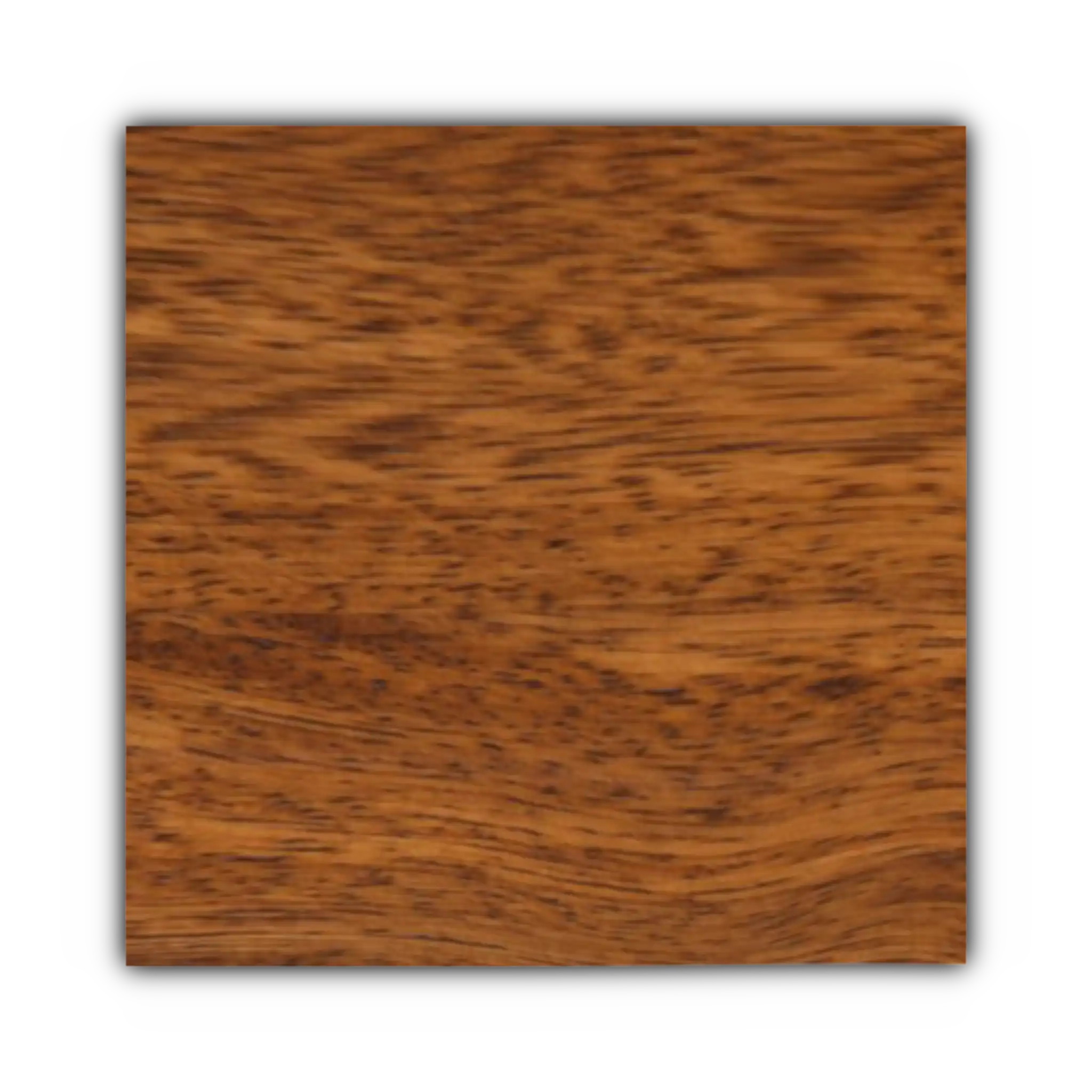
Palisander
Palisander wood, also known as Sheesham or Dalbergia sissoo, is a dark, reddish wood from India. It has a rich color and beautiful grain that makes it a popular material for chess pieces. The wood's natural oil content helps to protect it from damage and preserve it for years. Despite its beauty and durability, palisander is an affordable option for those who are looking for high-quality wooden chess pieces. Although palisander has a medium brown color, the wood is often mistakenly referred to as "golden rosewood." Rosewood itself, however, is a different, higher quality type of wood.
-
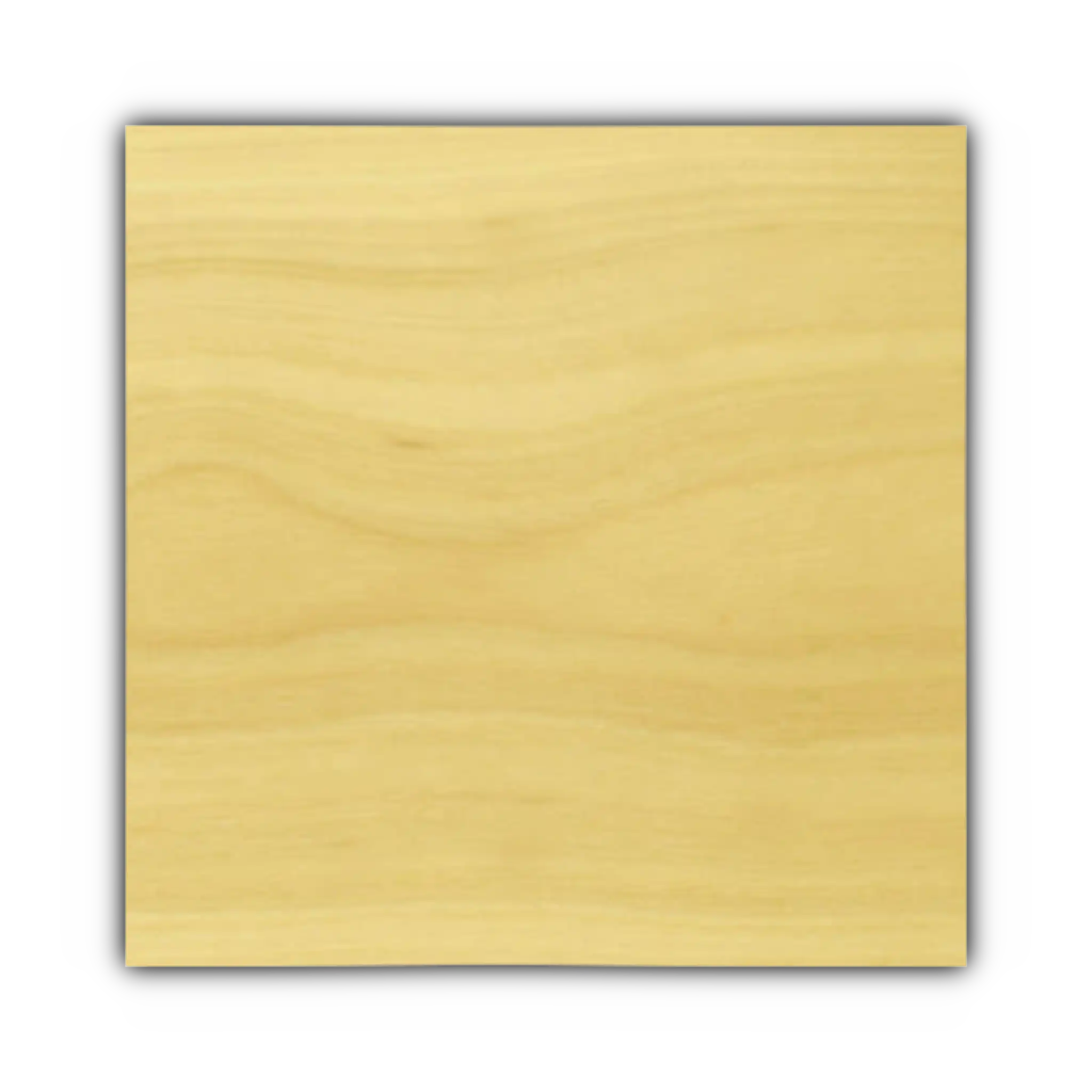
Boxwood
Like the tree of the same name, boxwood is a very sturdy material due to its density and hardness, and is used primarily for making chess pieces. Unlike other ornamental evergreens such as yew and holly, boxwood does not become brittle with age and can withstand the wear and tear of handling. Since boxwood is less expensive than ebony, it is also often stained to create the jet-black pieces known around the world. Because even simple manufacturing processes give this wood its luster and always fine, smooth texture, it is in high demand not only for chess sets, but also for sculpture and instrument manufacturing.
-

Walnut
Walnut is one of the medium-weight and medium-hard woods, which is why it is often used for making chess boards. Its grain and desaturated coloration, also known as "fawn", contribute to a very popular aesthetic that harmonizes with a variety of piece sets and is highly sought after by collectors. Despite its popularity, walnut is more affordable compared to other woods. This makes it an attractive choice if price is an important criterion when making a purchase. The material is also in high demand for furniture and interiors. The most common type of walnut is American walnut.
-
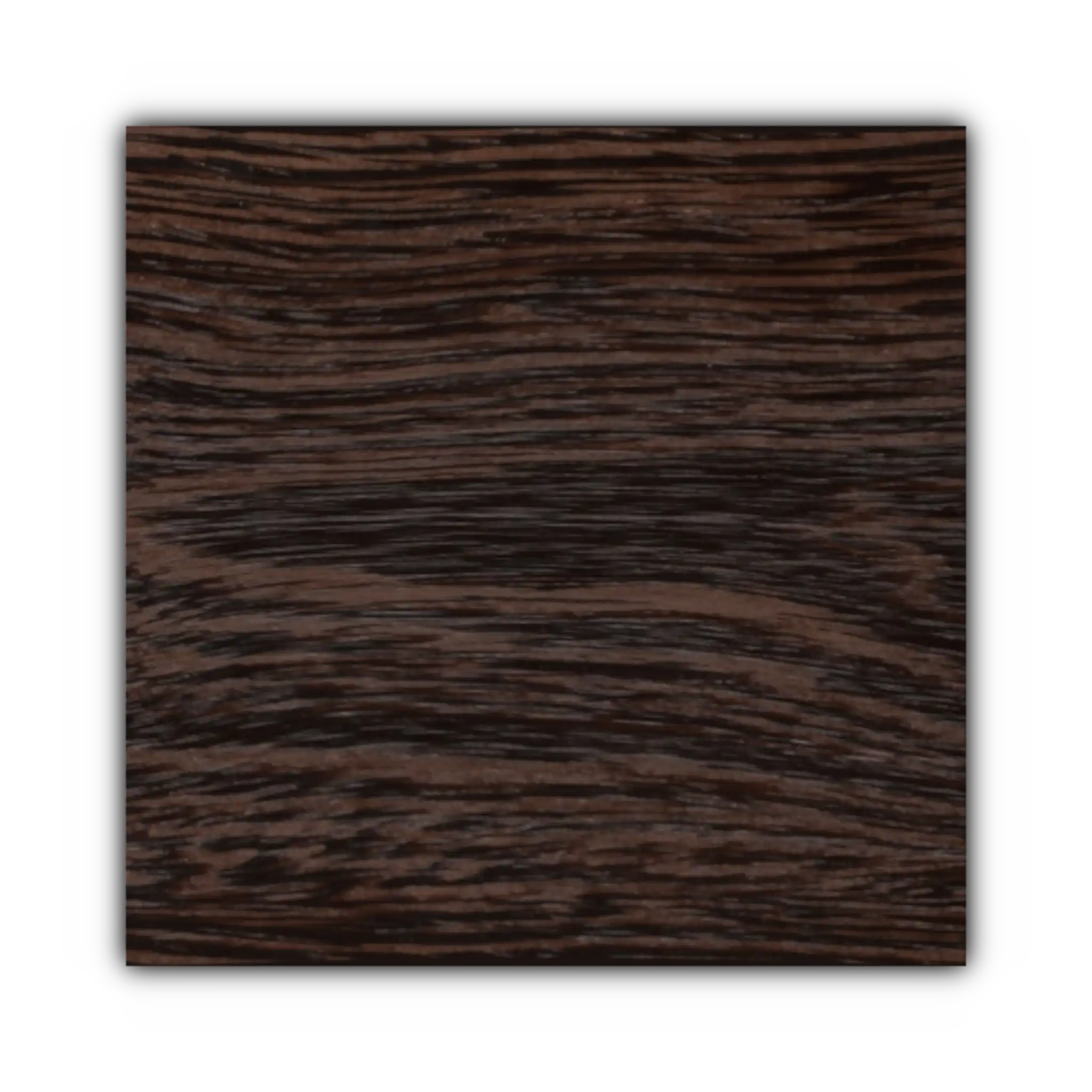
Wengé
The wood of the wengé has a very dark, chocolate-brown color, similar to ebony, and is used in chess mainly for boards. It has a fine, contrasting grain that looks almost artistic when viewed closely. These characteristics give wengé boards a very timeless look that fits well into modern interiors. Since it is not too dark, it is also very suitable for a combination with piece sets of woods related in color, including: Palisander, Ebony or even ebonized woods.
-

Ebony
Ebony is a hard, dense wood used for making chess pieces in the dark color segment. It has been treasured throughout history by craftsmen and artists for its beauty and durability. In the world of chess, ebony has long been considered the gold standard for tournament-level chess pieces. With its black to black-striped coloring and high hardness and heaviness, ebony is the noble wood among chess materials. It is obtained from various ebony trees and, due to a chemical process, is found only in the trunk wood. Its value depends on the intensity of the black markings. It is also called "the black wood" and is used for chess products in the luxury segment.
-

Rosewood
Rosewood has been used for centuries to make fine furniture and musical instruments. More recently, due to its hardness, chess pieces have also been made from this wood to withstand regular use in tournaments or training sessions. With its mix of dark browns and light reds, rosewood offers a unique blend of colors that is often found in higher-end chess sets. The precious wood is also very popular among collectors and actually smells like roses when freshly finished. However, due to high demand and its high value, it is rarer to obtain and also more expensive than other woods.
-
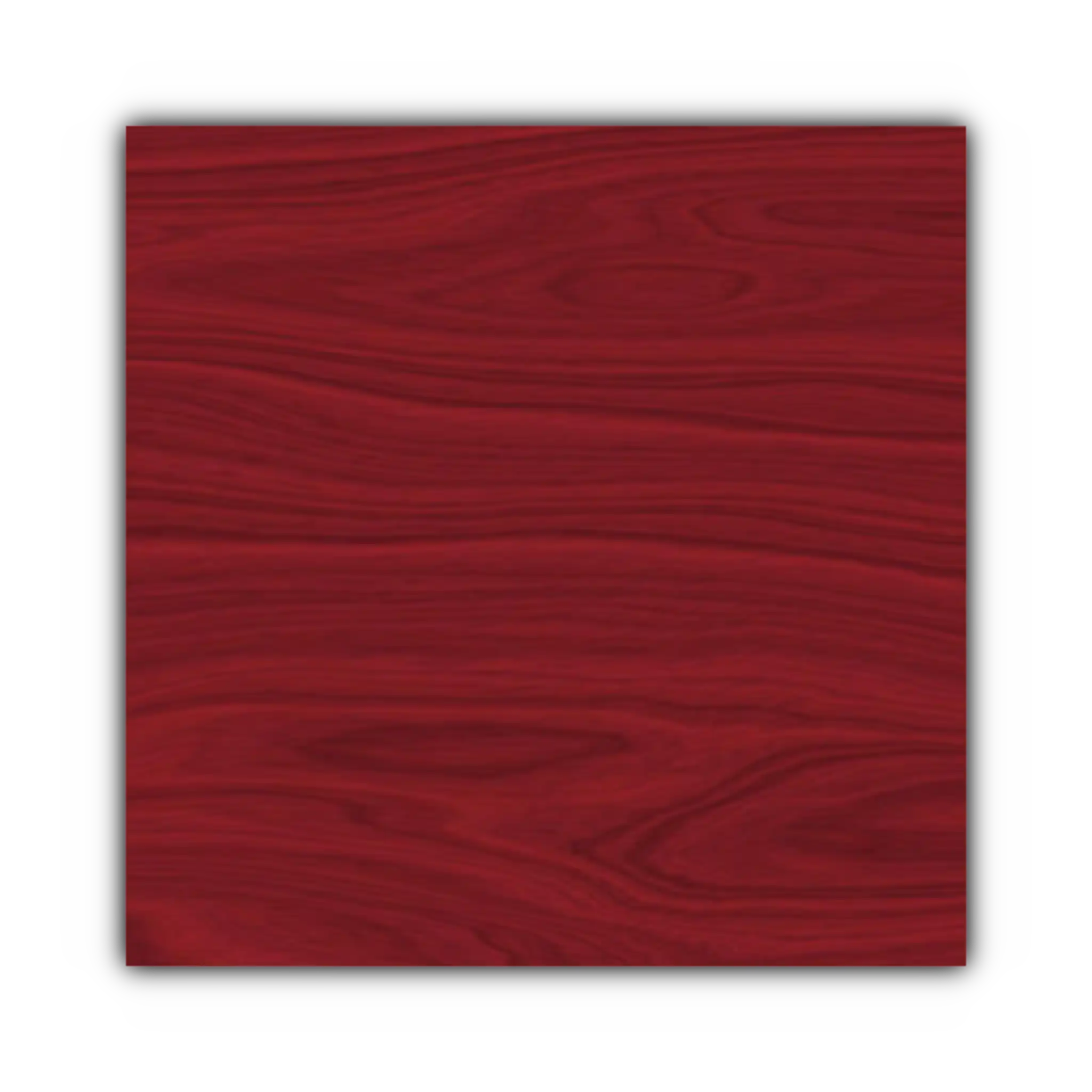
Redwood
Also known as Brazilwood, redwood is characterized by its strong red coloration, which makes it stand out when compared to other chess woods. The shade of red can be so intense that, when properly treated, the pieces have a shiny, candy-like grain that has little in common with conventional woods. It is this characteristic that makes the wood so valuable, which is why it is used to make high-quality chess pieces. It is less often used for the manufacturing of chess boards. However, redwood pieces are often bought in combination with red chessboards, for example, mahogany.
-
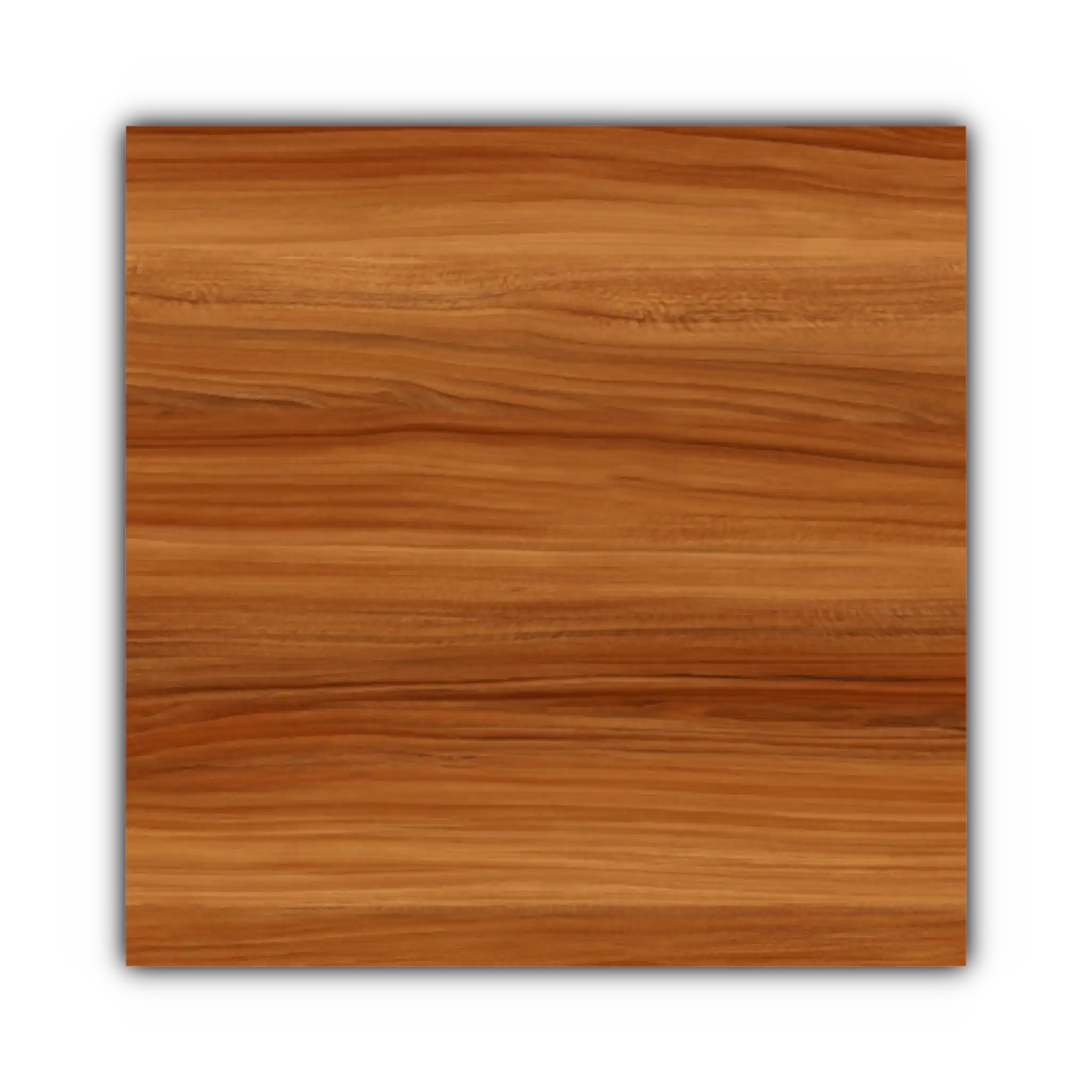
Red Sandalwood
Red sandalwood is a tropical hardwood tree species native to India and Sri Lanka. The red heartwood of the tree has been prized for centuries by craftsmen and artisans for its beauty, durability and hardness. Like palisander, red sandalwood is characterized by its exotic reddish color, has a dense, complex grain, and is used to make high-quality chess sets. The wood is generally of very high quality and is used in powder form both in medicine and as a dye.
-
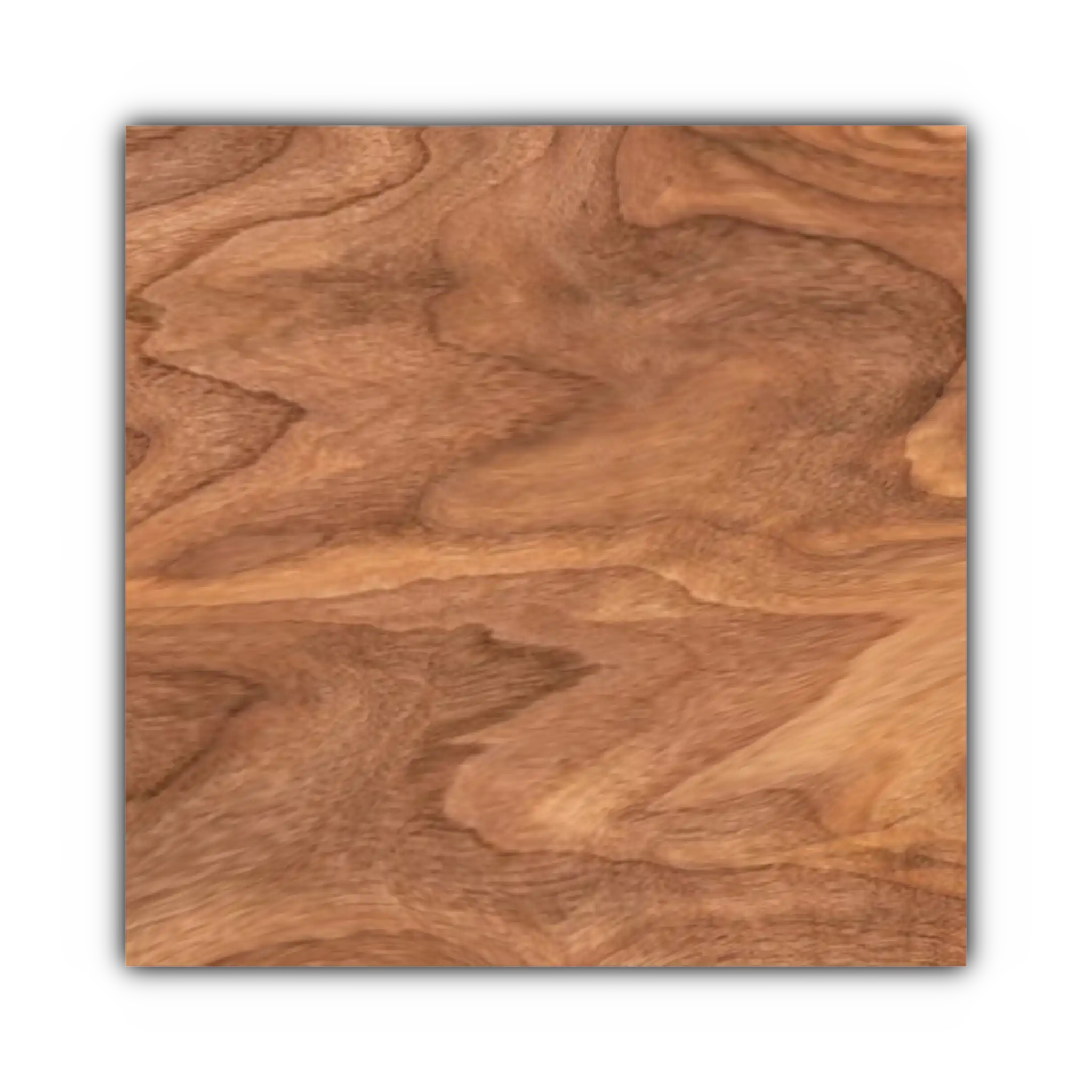
Briar Wood
Briar wood, or more specifically briar root wood, is a dark hardwood native to the tropics that has long been used for chess sets. Its coloring consists of reds and yellows that run through the wood in curved grains. Although it has an uneven texture, it has a unique charm that is especially sought after for chess boards in the luxury segment. Historically, the wood is also known for being used to make smoking pipes.
-

Mahogany
Mahogany is a rich hardwood with deep red coloring. It looks slightly orange or even pink when first harvested, but takes on a beautiful deep red to brown color as it ages. It is traditionally the wood of choice for luxury carpentry and is characterized by a dense grain as well as a solid structure that does not suffer greatly from voids and knots. In chess, it is mainly used for making chess boards in the reddish color spectrum, but chess pieces are also occasionally available in mahogany.
-

Maple
Maple is a popular material for chess boards and pieces, as its light color contrasts well with the dark pieces and squares of many boards. It is a hard, light wood that can be almost white in some cases, which is why it is often used for the white squares of a chessboard. Its light color also combines well with jet black ebony, creating a contrasting chessboard. Although it is plentiful in many parts of the world, it is mainly used in chess for making boards, as there are more attractive alternatives for pieces, such as boxwood.
-
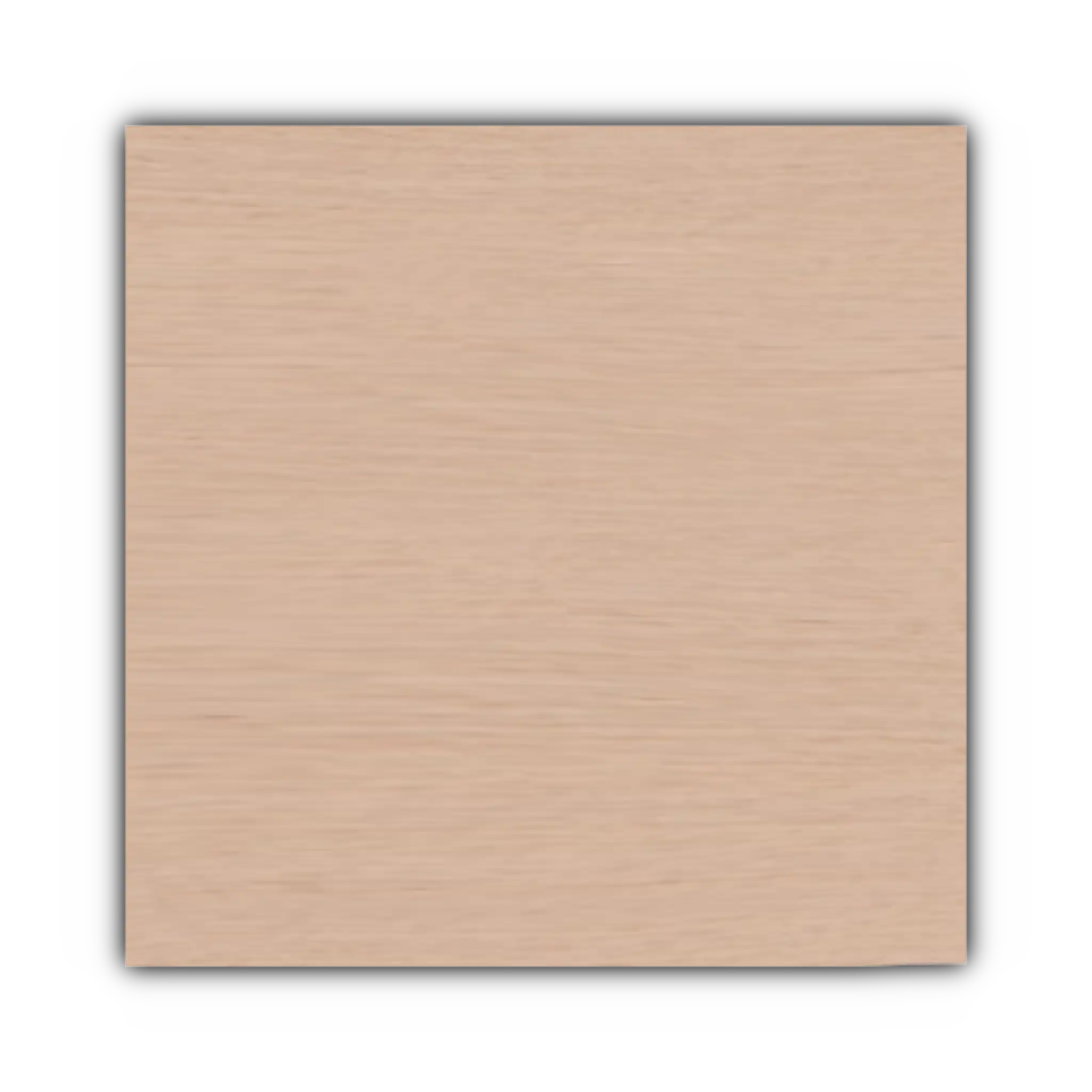
Beech
Beech wood is regularly used for the production of chess sets. The wood is very hard, but light and easy to work with, which makes it ideal for carving. It also has a fairly light color by nature and a clean grain that can take on a variety of color depths through staining. Because of its classic appearance, durability, and good availability in many parts of the world, beech is widely used, especially for making standard sets. Both chess boards and chess pieces are made of beech.
-

Birch
Birch is a medium-weight, soft wood that is easy to handle and is used mainly for the production of standard sets. Due to the wide availability of the wood, the prices of birch boards and pieces are quite cheap, but this has nothing to do with the quality. The wood is valued mainly for its elegant grain and easy workability. However, birch is used less frequently for tournament sets, as other woods such as boxwood are more common in the producing countries.













